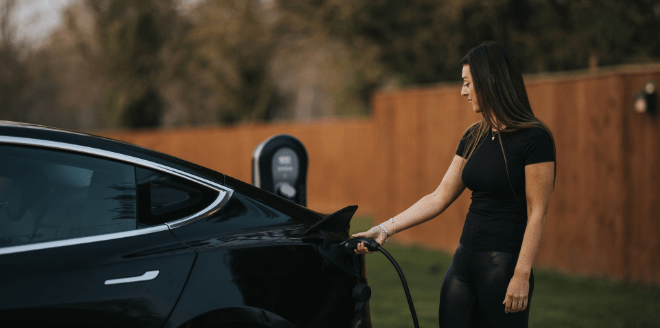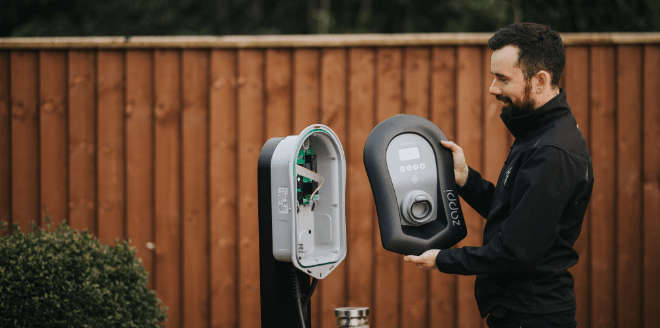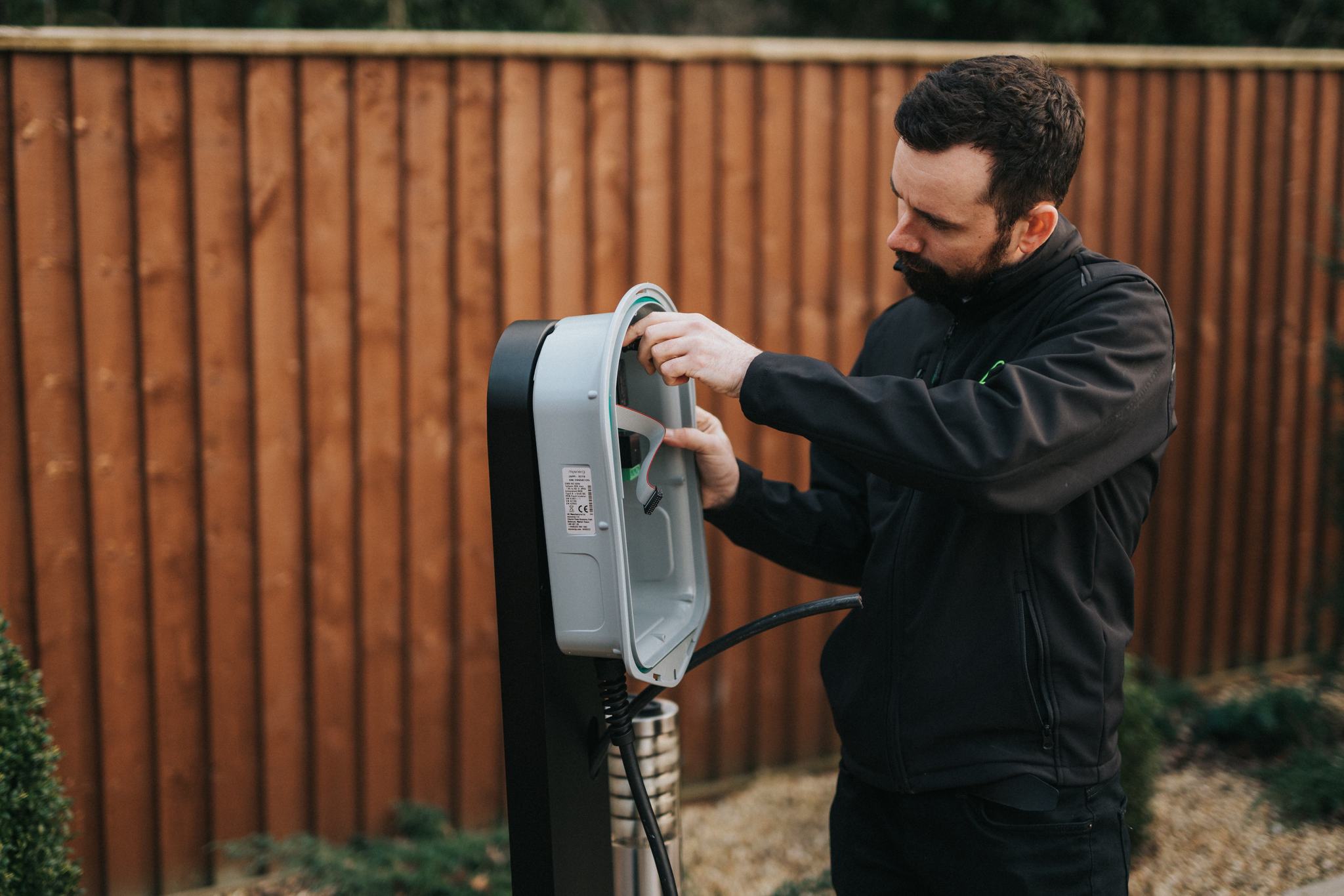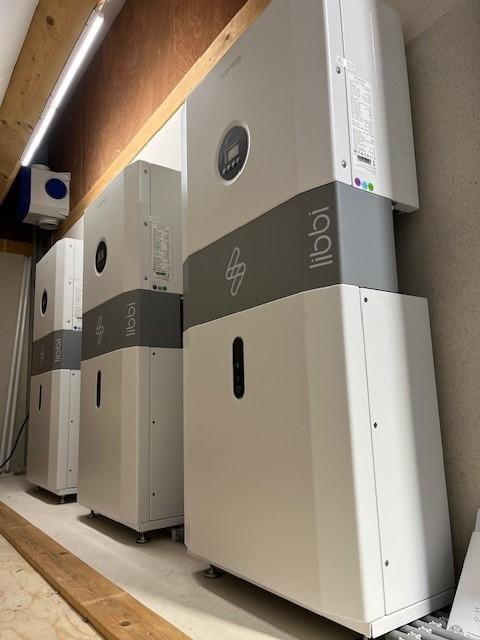Sea levels are rising, ice is melting, deforestation is occurring on an alarmingly large scale. Our beautiful world and its beautiful wildlife have been betrayed by man, but there is still hope to save the planet. Climate change is the reality of today and it is having major, detrimental effects on the earth and especially on wildlife.
Global warming is threatening the home and health of many wild animals as well as our own. However, knowledge about climate change is not always as widespread as we think. Therefore, we have prepared a guide on how climate change and planetary pollution affects wildlife.
1. The sea level is rising
The seas absorb over 90 percent of the greenhouse gases we produce. These harmful gases warm the sea and when the water warms, it expands. Half of the increase over the past 25 years can be attributed to heat gain due to climate change.
The alarming rate at which the ice caps are melting, strong winds and warming seas are causing oceans to expand at a rapid pace. Since 1880, sea levels have risen by more than 20 centimeters, and each year the oceans continue to rise by about 0.33 centimeters. In fact, according to research, global sea level began rising at an accelerated rate as early as 1960. That's 30 years earlier than previously thought. Rising sea levels can cause not only floods, but also hurricanes, a typhoon or a powerful storm.
Experts indicate that rising sea levels endanger the lives of 233 endangered species, including these animals:
- Plankton: Plankton is the basis for many food chains in the ocean. These small organisms are food for jellyfish, whales and seals and many other animals. However, many species of plankton are migrating to the Arctic and Antarctic due to climate change. This means that there is less food for various animal species.
- Ocean birds: Many coastal birds are at risk from climate change. Why? Because of the ever-widening tides that push away their natural habitat and nests.
- Key deer: This endangered deer that lives in the Florida Keys is in danger due to the extreme weather in Florida with hurricanes like Sandy and Irma. Not only have the homes of Florida residents collapsed as a result, but also those of the Key deer.

2. Ice caps are melting
As a result of greenhouse gases, temperatures in the Arctic are rising twice as fast as in the rest of the world. 95% of the Arctic's thickest ice is already melting due to the huge increase in CO2 emissions and greenhouse gases. One study has even predicted that the melting of Greenland's ice sheets is a threat to coastal cities around the world.
Glaciers are important for animals, but also for the planet in general. The bright white icebergs reflect excess heat to keep the earth cool. To capture the alarming rate at which ice sheets are melting: Montana's Glacier National Park was first home to 150 glaciers and now has fewer than 30.
Animals are also threatened by melting ice sheets. Many animals depend on the ice to hunt and live on. With the melting of so many ice sheets, there is little room to die. These animals, among others, are struggling as a result:
- Polar bears: Their homes are melting, as is the space for them to hunt for prey such as seals.
- Some penguins: Their homes are melting away under their feet. Species they eat, such as krill, are also in danger.
- Seals: Many seals are born on land, so on the ice. Because there is so little ice left, seals cannot give birth and many young seals that are born will eventually drown.

3. Temperatures are rising fast
Rapidly rising temperatures due to climate change are not only having destructive effects on our ice caps and oceans, but are also endangering the environment and the air on which wildlife depends. Scientists predict that we will experience more extreme droughts and heat waves in the future.
Humans are the biggest cause of climate change, through our emissions of CO2, methane and nitrous oxide that cause heat to linger and change our climate. Most of the harmful gases come from fuels from cars, factories and industries.
Climate change affects the following species as a result:
- Green turtles: This species is very sensitive to temperature differences. Did you know that the sex of the turtle is determined by the temperature of the sand on which the eggs are laid? As temperatures rise, more females are born than males.
- Elephants: Elephants are also sensitive to temperature differences. Due to climate change, their homes are extremely hot. They need plenty of water to survive, but it is becoming increasingly difficult for them to find sources of water due to rising temperatures.
- Bees: Due to the unbearable heat, more and more bees are migrating north. This causes plants to pollinate earlier than before, which also gives bees less time to pollinate.
4. Habitats and food sources destroyed by climate change
Food is running out and habitats are being destroyed by climate change, pollution and deforestation. Trees trap harmful greenhouse gases, such as carbon dioxide, and prevent them from spreading further. When trees are cut down, these gases are dispersed into the atmosphere. According to the Rainforest Alliance deforestation accounts for as much as 10 percent of global emissions, while agriculture accounts for about 13 percent.
Climate change also prevents many plants from growing, especially in tropical areas. That means animals have less and less food and resources to build their homes.
In this way, climate change negatively impacts the following animal species, among others:
- Panda: A shortage of bamboo makes it difficult for the endangered panda to survive.
- Great apes: Between 2001 and 2015, humans caused the loss of 160 million hectares of forest in the tropics. As a result, 60 per cent of monkeys are now close to extinction due to pollution, lack of habitat, loss of biodiversity and uncertainty about food supplies.
- Tigers: Many species of tigers are threatened by hunters and deforestation. Sumatran tigers are the most endangered with less than 400 tigers alive today.
What can we do about climate change?
According to an IPCC study, even a small 1.5-degree increase in temperature will cause 20 to 30 percent of our planet's wildlife to be threatened with extinction. This has to stop. We must do more and continue to do more. Whether that is lowering your carbon footprint, switching to green energy or avoiding single-use plastic, we must all work together to solve the problem we have created as humanity.
Our mission at myenergi is to create a brighter, more sustainable future for our planet, but that doesn't stop with our green energy products. From creating educational children's books to collaborating with other green enthusiasts, we will never stop our mission, but we need your help!

 EV charging
EV charging Manage your energy
Manage your energy Maximize your energy
Maximize your energy Monitor your energy
Monitor your energy Find an installer
Find an installer Business charging station
Business charging station Pair zappi with a management platform
Pair zappi with a management platform





